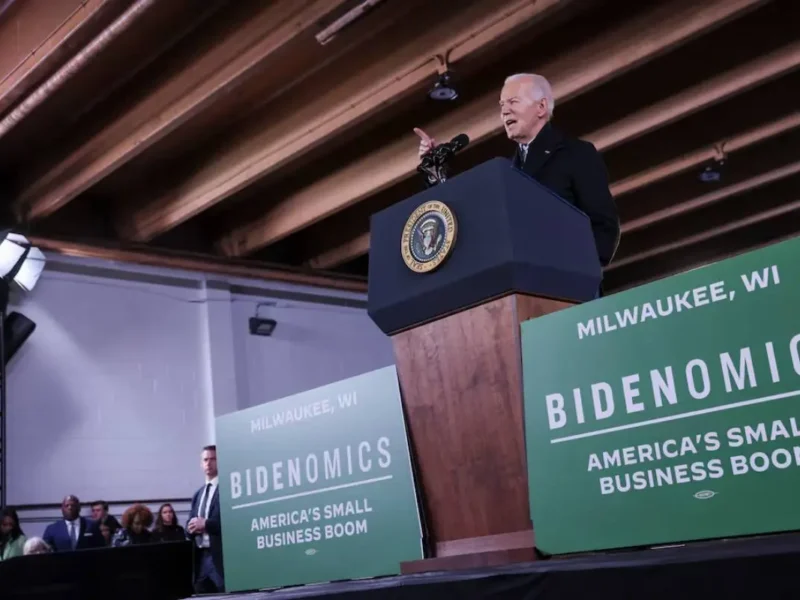
Museum on Harappan Culture Being Set Up
CHANDIGARH, (IANS)- The world’s largest museum of Harappan culture is coming up in Rakhigarhi in Haryana to showcase the 5,000-year-old Indus Valley artifacts.
The Archaeological Survey of India is excavating the protected site while ensuring the security of such sites from damage. A list of artefacts and other items found during the excavation is being made. Villagers are also being told to turn in anything they stumble on.
Located in the Narnaund subdivision of Hisar district, Rakhigarhi’s archaeological evidence is scattered in two villages — Rakhi Khas and Rakhi Shahpur.
During preliminary excavations, a cluster of seven mounds was found which together form the largest settlements of the Harappan civilization.
In 1963, the ASI for the first time started excavation in a village. Between 1998 and 2001, the ASI team led by Amarendra Nath again started excavation. In 2013, 2016 and 2022, another excavation work led by V.S. Shinde, former Vice-Chancellor of Deccan University, Pune, was done.
Fifty-six skeletons have been found in Rakhigarhi since 1998. Of these, 36 were discovered by Shinde and his team. The skeletons of two women found in the excavation of mound number 7 are about 7,000 years old.
Shell bangles, a copper mirror and semi-precious stone beads have also been found in the hands of both the skeletons. The presence of these shell bangles suggests that the people of Rakhigarhi had trade links with distant places.
According to Shinde, the civilization found in Rakhigarhi dates to 5,000-5,500 BC, while the time of civilization found in Moenjodaro is believed to be around 4,000 BC.
The area of Moenjodaro is about 300 hectares, while Rakhigarhi is spread over an area of more than 550 hectares. Shinde says the evidence found in Rakhigarhi, which also preserves the evidence of ancient civilization, indicates that this place was more prosperous than Harappa and Moenjodaro in terms of trade exchange.
It had trade links with Afghanistan, Baluchistan, Gujarat, and Rajasthan, especially for making jewelry. People used to bring raw materials from here, then they used to make and sell their ornaments at these places.
The people of this civilization used to melt precious metals like copper, carnelian, agate, gold and make garlands of beads from them. Kilns used to make jewelry from stones or metals have been found in large numbers. DNA analysis of the skeletons found in Rakhigarhi is still going on.




